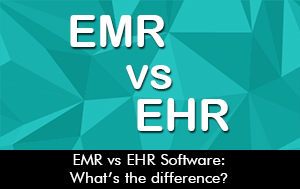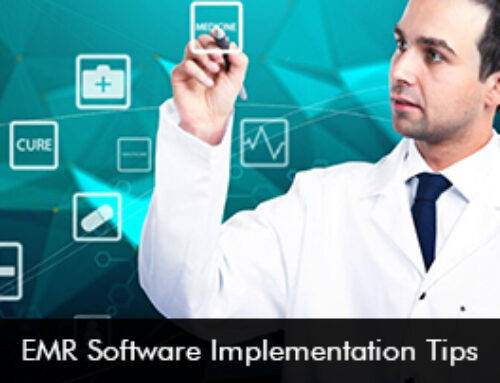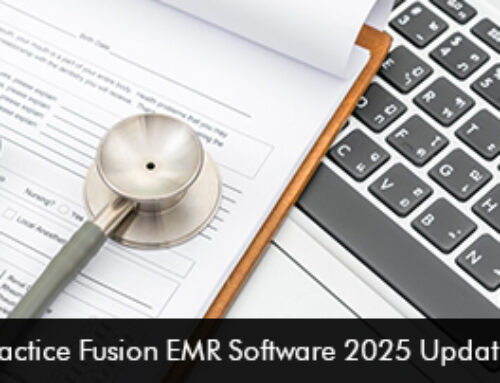Many physicians tend to use the terms EHR and EMR interchangeably, but interestingly these two are not the same. An Electronic Medical Record (EMR) is actually a digital version of a medical chart featuring patient information which could be stored in a computer. An Electronic Health Record (EHR), on the other hand, is a digital record of a person’s complete health information with history and background on the family. It is also interoperable. An EHR also has to meet MARCA requirements and EMR Systems offers dedicated MIPS Resource Centre to assist practices to prepare for the coming new rules.
The table below outlines the fundamental differences between an EHR and an EMR.
Differences between EHR and EMR
| EHR (Electronic Health Records) | EMR (Electronic Medical Records) |
| A digital record of health information | A digital version of a patient chart |
| Allows access to tools that providers can use for decision making | Is mainly used by providers for diagnosis and treatment |
| Allows a patient’s medical information to be accessed from different places | Patient record cannot easily be sent outside the practice |
| Simplified sharing of updated, real-time information | Not designed to be shared outside the individual practice |
In its essence, the EMR refers to the information one would find in a paper chart, such as immunization dates, medical history, diagnoses, medications, and allergies. EMRs don’t allow information to travel outside the practice, easily.
Electronic Health Records (EHR) refer to digital records of health information. Not only EHRs contain all information found on a paper chart, they further include medications, diagnoses, past medical history, vital signs, progress notes, allergies, immunization dates, lab data, and imaging reports. Some good EHR companies also offer software featuring other relevant information, such as insurance information, demographic data, and even data from other EHRs along with similar personal wellness devices.
It should also be noted here that the true benefit of an EHR lies not only in the data it contains but in its ability to share it. Quick and secure transfer of health records can prove to be vital in saving lives, especially in emergency conditions. An EHR can also be integrated with organizations involved in a patient’s care such as labs, emergency facilities, pharmacies, imaging facilities, and workplace clinics. These things make EHR superior to EMR, but what really matters is the needs of a medical facility and this is why EMRSystems provides you with Health IT software perfect for your practice.
Benefits of EHRs
Fully functional EHR Software allow all members of the practice staff to access the latest medical data and patient information. This leads to an effective and patient-centered care process. Some of the most prominent benefits of EHRs are listed below:
- Life-threatening allergies can be identified by looking at the data collected by the primary care provider. This can help the emergency department take proper care of the patient when he/she is conscious.
- The improvement in the health of the patient can be viewed in the form of infographics and trendlines which can be really motivating for patients in continuing their medications or fitness routines.
- The patient discharge process can be sped up by using the clinician’s notes. Follow-up care can be monitored and controlled after the patient has been discharged.
- The lab results are always recorded and saved which means there is no duplication of tests and hence the medical costs associated with them.







